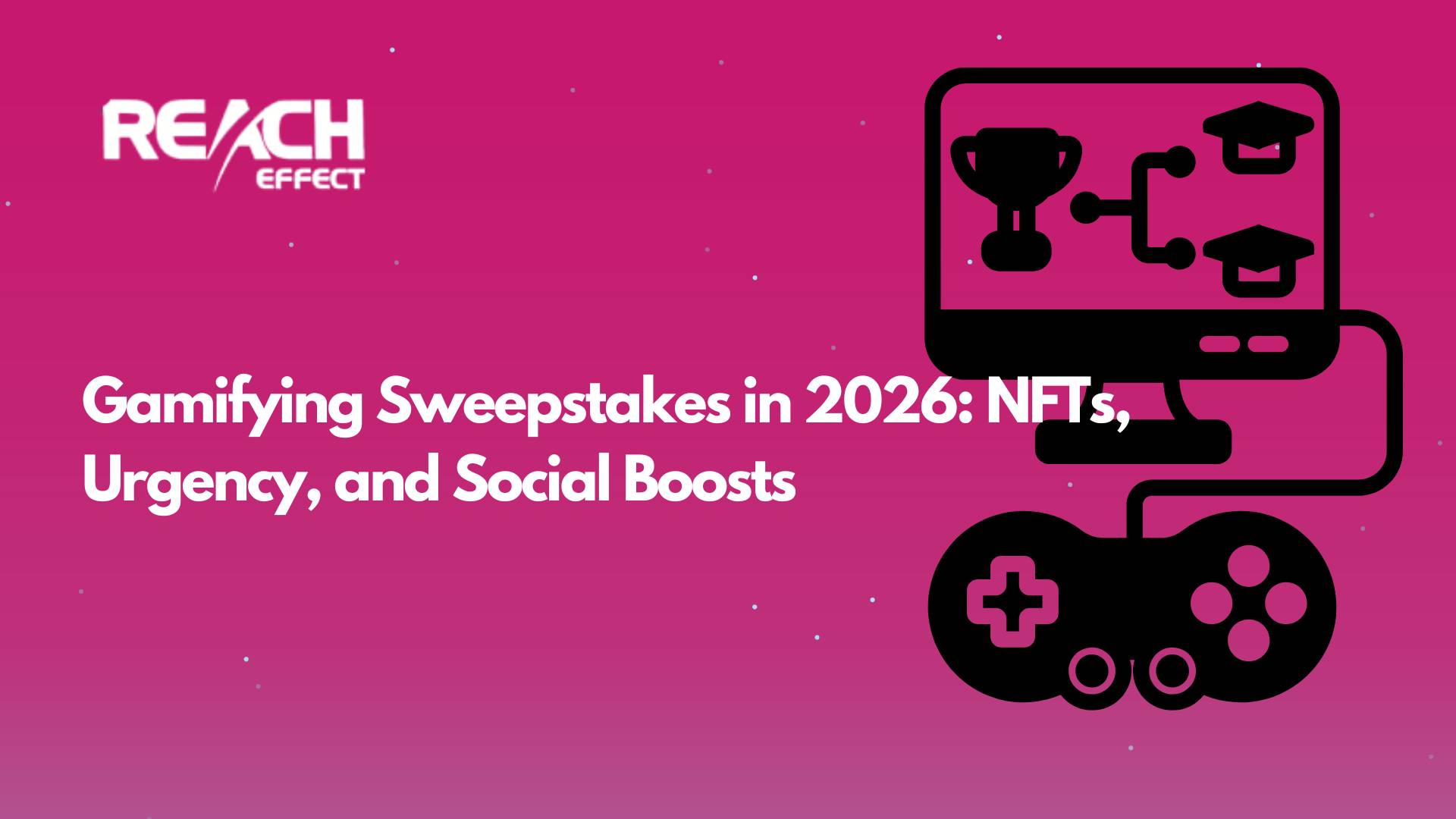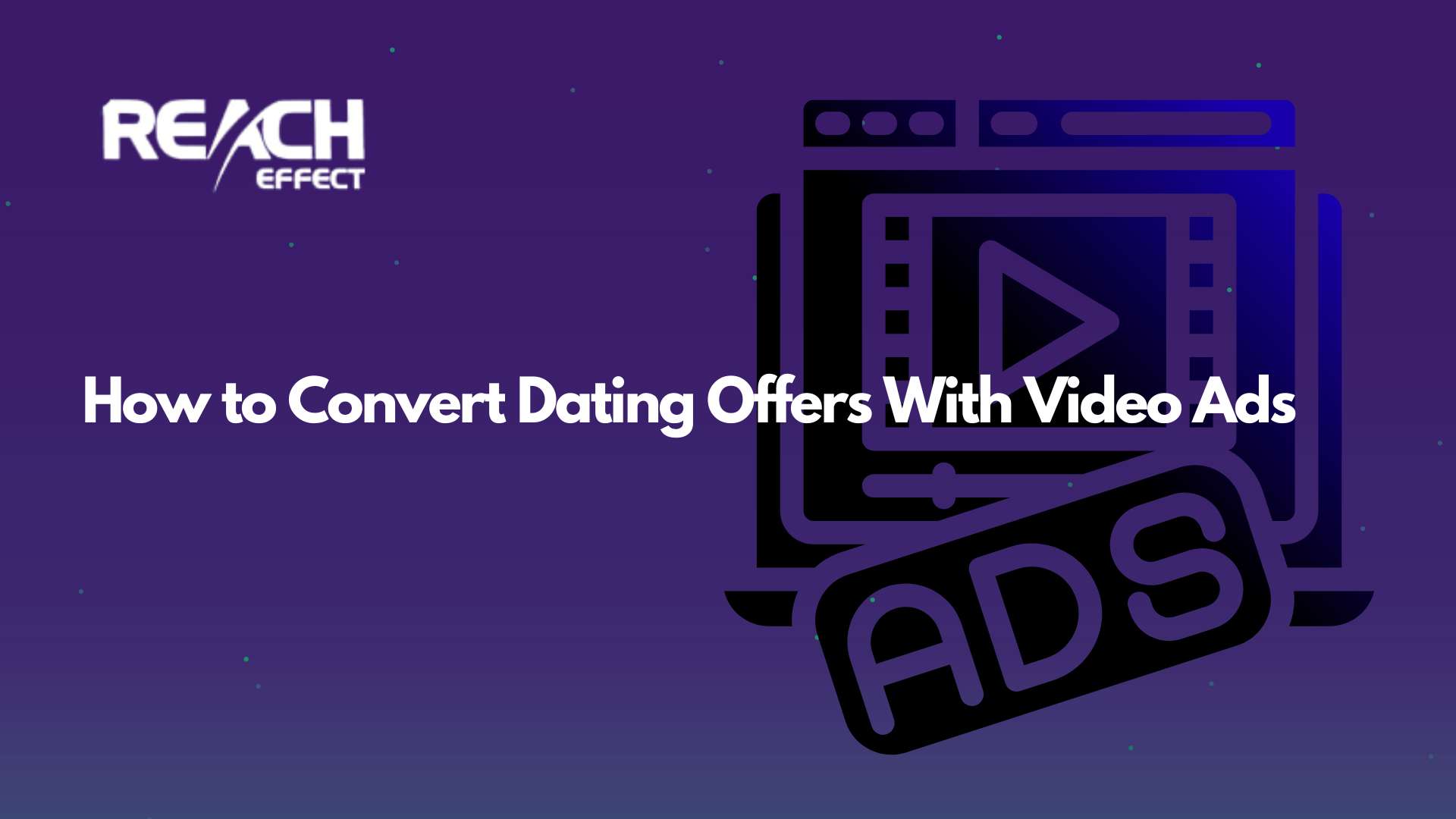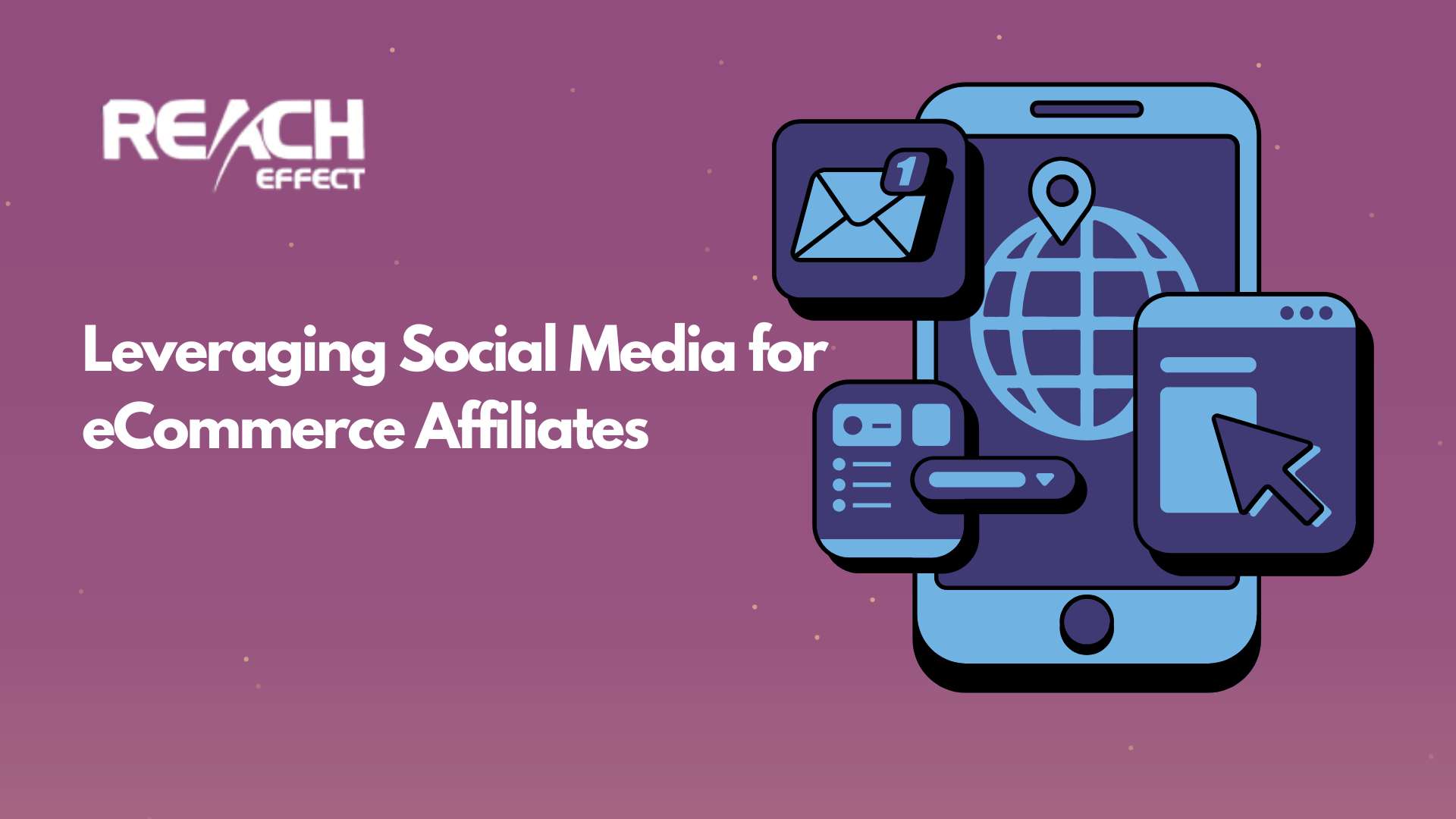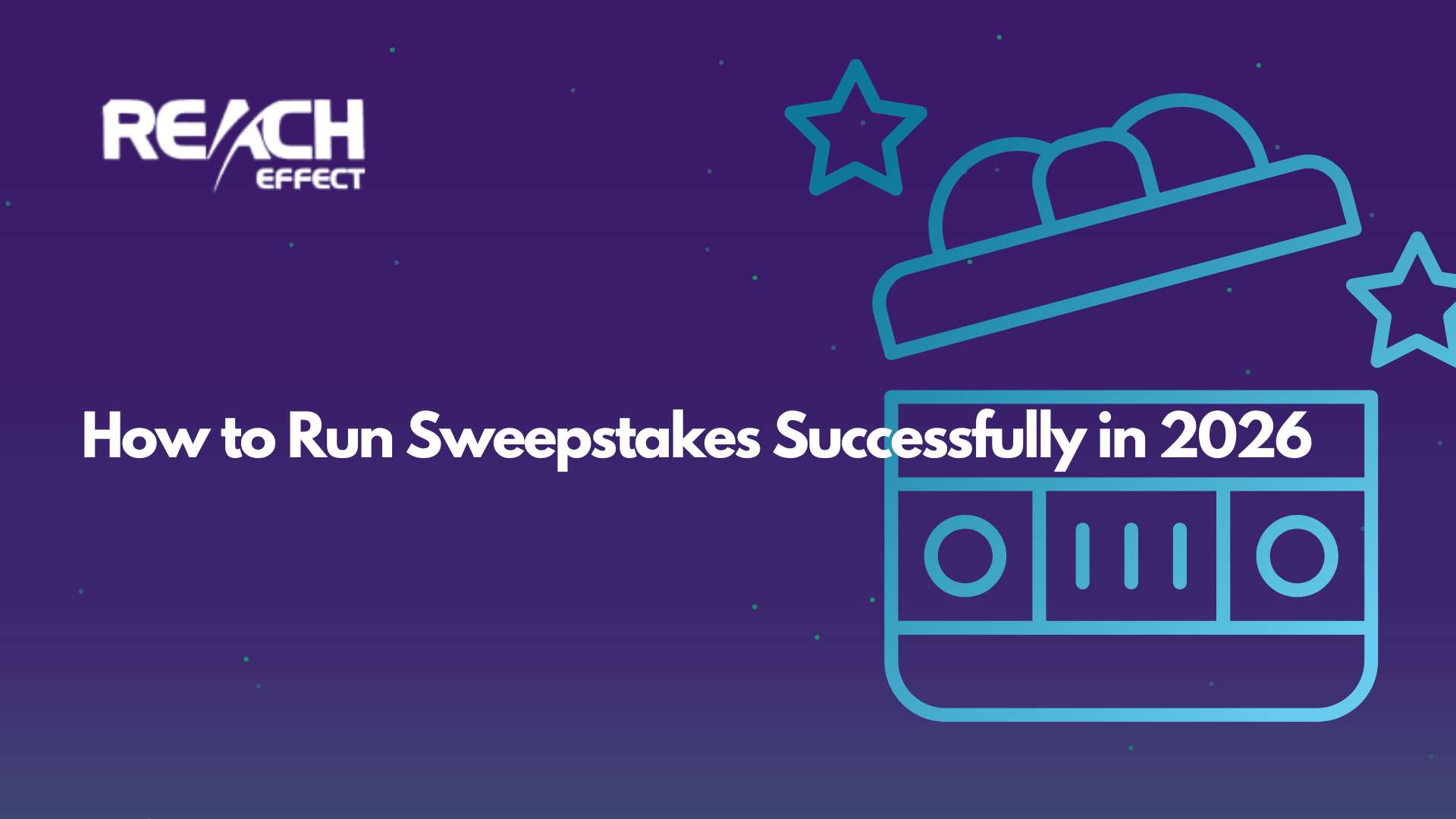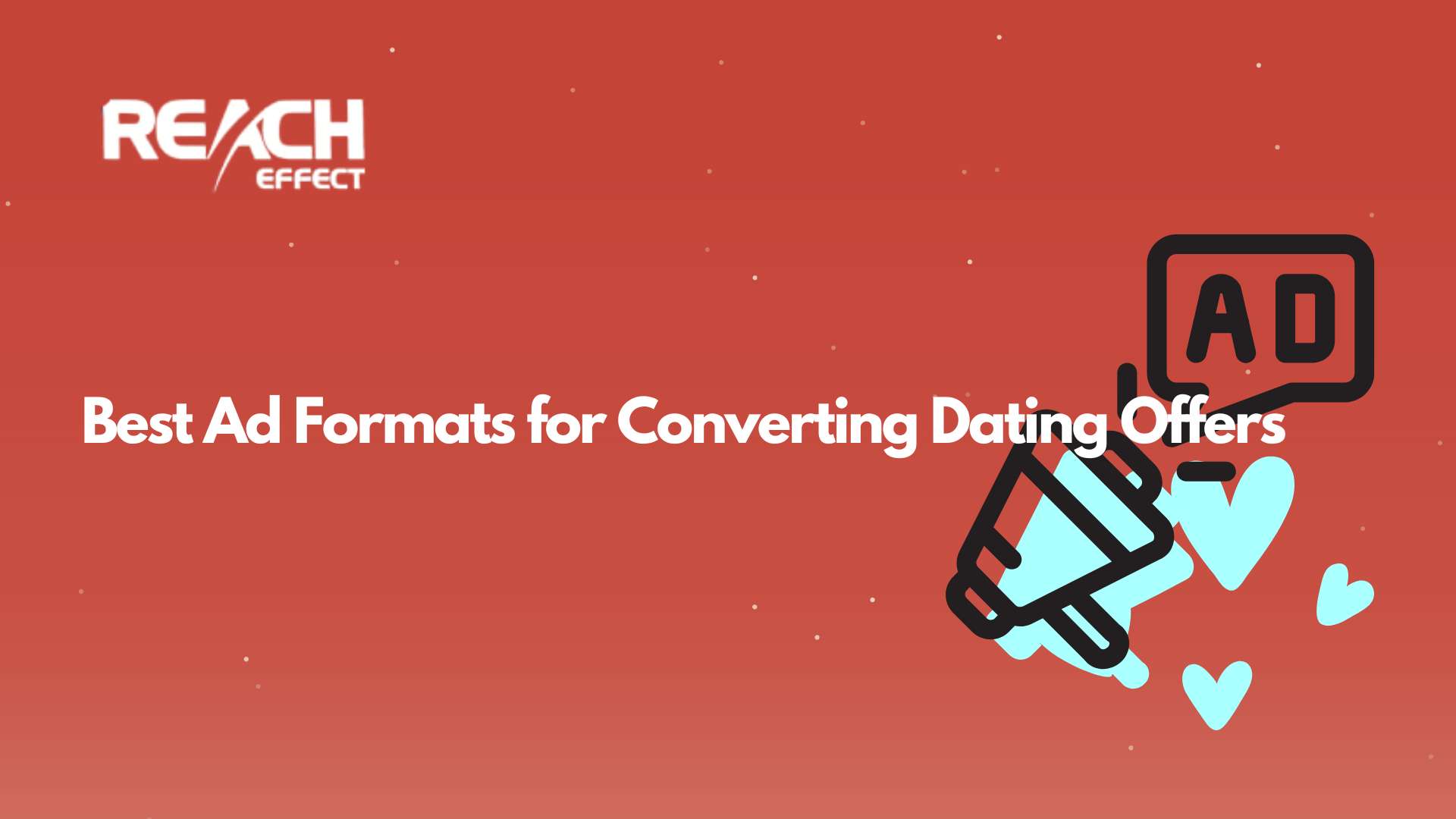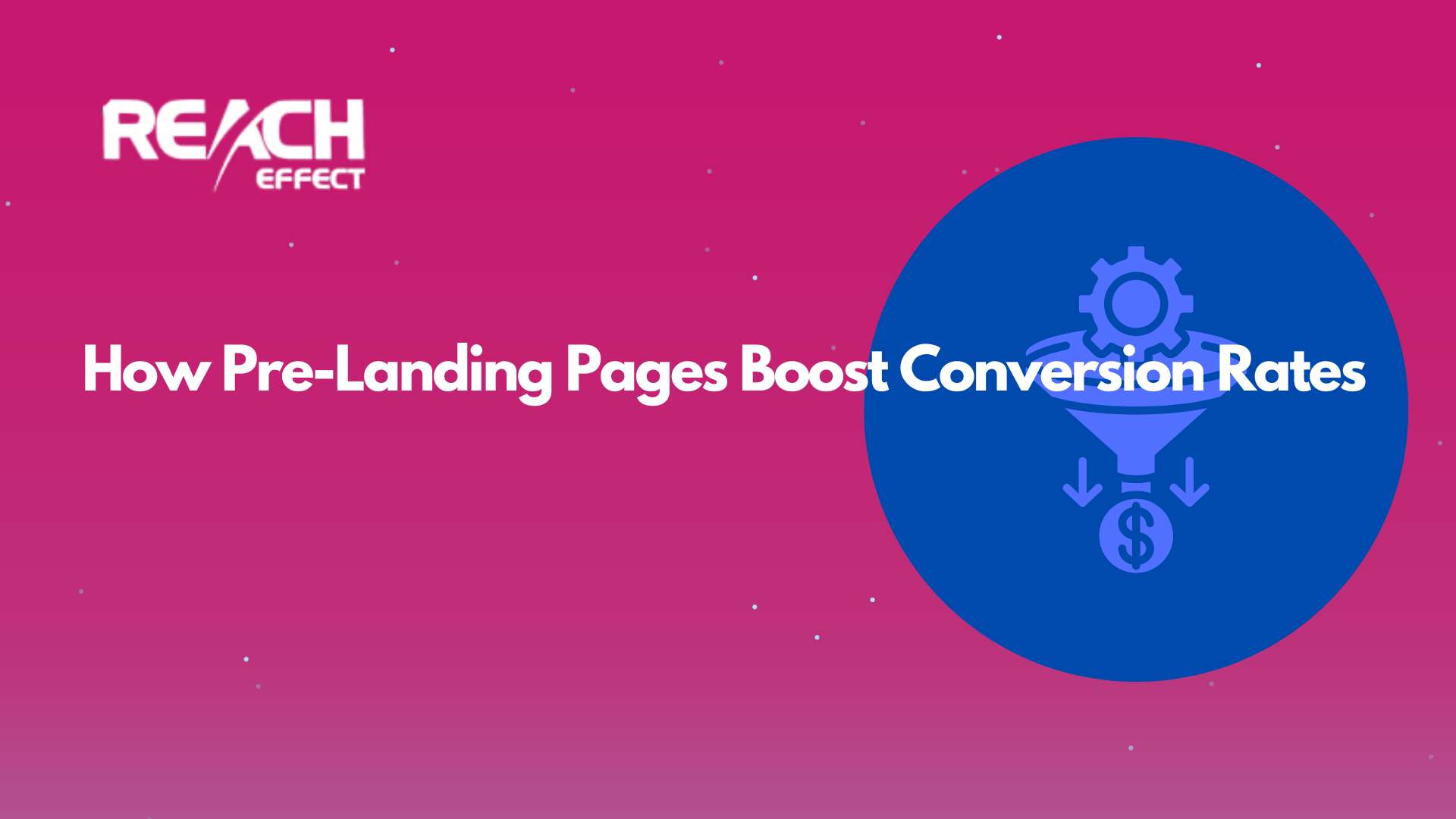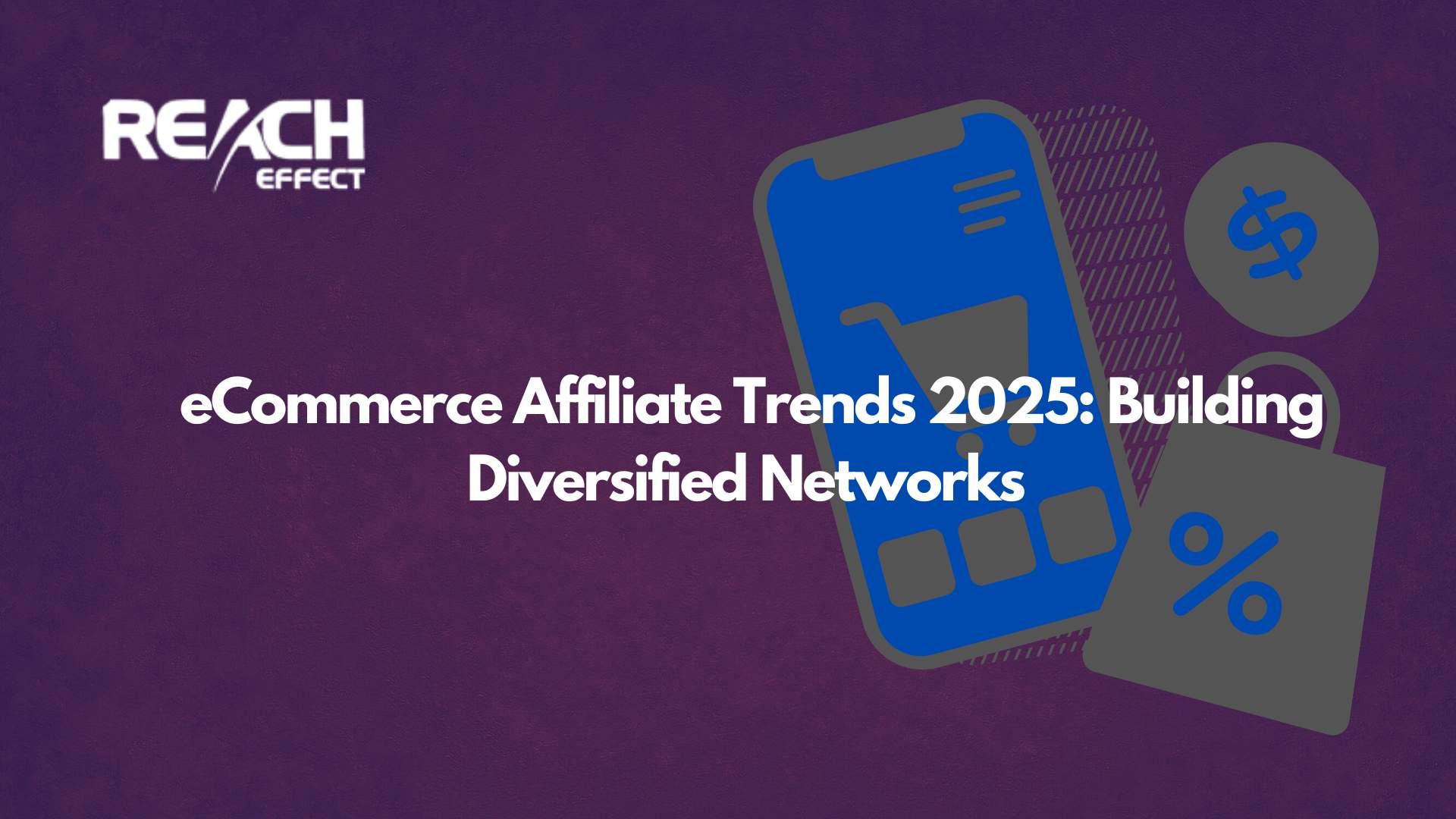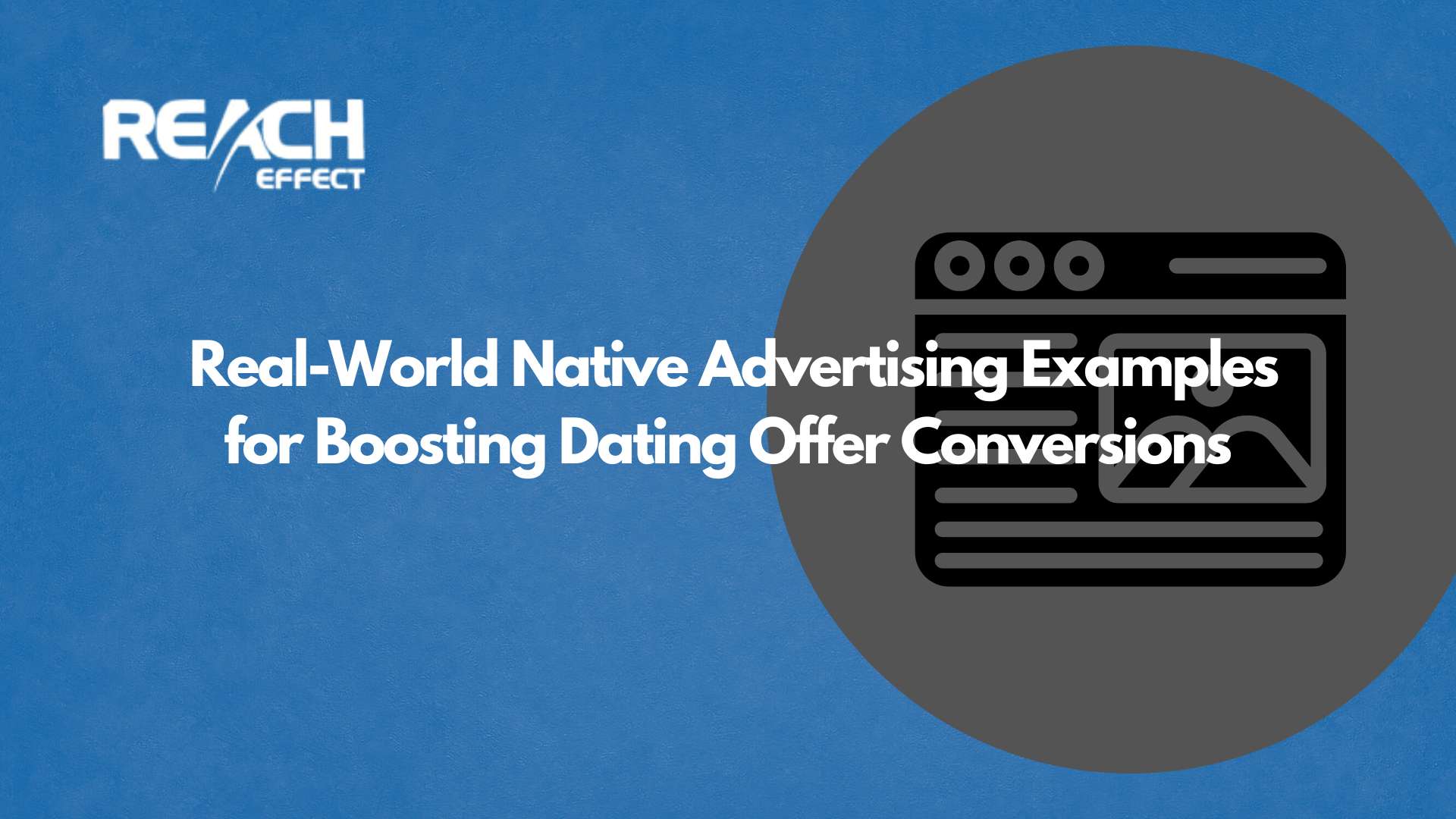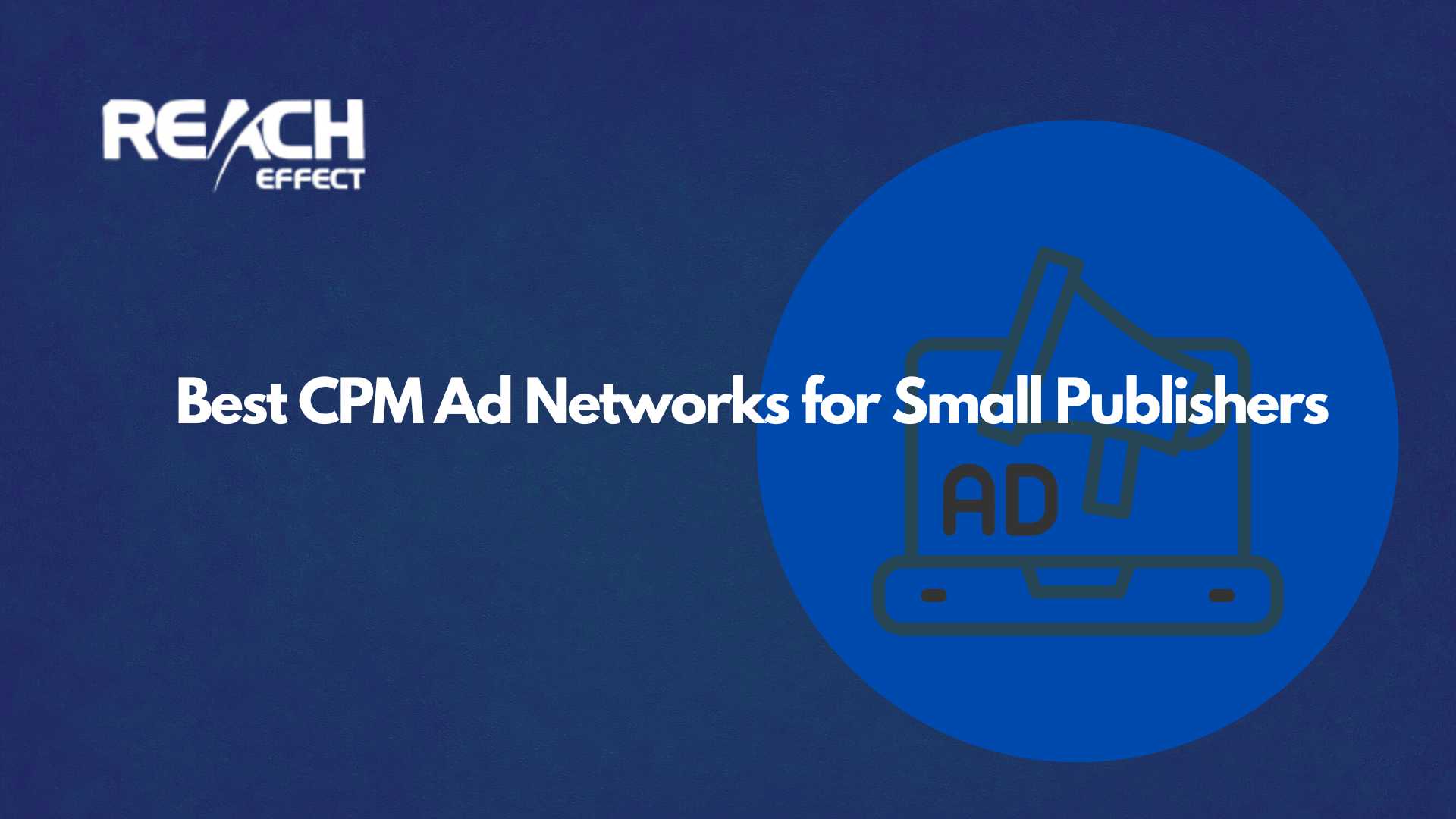Programmatic advertising has changed the way digital ads are bought and sold. It uses automated technology to make the process faster and more efficient. At the center of this system are two important platforms: Demand-Side Platforms (DSPs) and Supply-Side Platforms (SSPs). These platforms work together to connect advertisers with publishers, ensuring that ads reach the right audience at the right time. In this article, we will explore what DSPs and SSPs are, how they differ, and how they power the world of programmatic advertising.
Thank you for reading this post, don't forget to subscribe!What is a Demand-Side Platform (DSP)?
A Demand-Side Platform, or DSP, is a tool that helps advertisers buy ad space from many different publishers. It automates the process of purchasing digital ads. This makes it easier for advertisers to reach the people they want to target. With a DSP, advertisers can set goals for their campaigns, pick specific audiences, and manage their ad budget in real-time.
A Demand-Side Platform, or DSP, is a tool that helps advertisers buy ad space from many different publishers. It automates the process of purchasing digital ads. This makes it easier for advertisers to reach the people they want to target. Oh, and if you’re wondering, the amazing platform whose article you’re reading right now, Reacheffect is a DSP itself! With a DSP, advertisers can set goals for their campaigns, pick specific audiences, and manage their ad budget in real-time.
DSPs come with features that make advertising smarter and more effective:
- Audience Targeting: Advertisers can use data to show ads to people based on their interests, behavior, or demographics. This means ads go to those most likely to care about the product.
- Budget Management: DSPs let advertisers set spending limits and adjust bids as needed. This helps them get the most value from their money.
- Performance Analytics: Advertisers can see how their ads are doing right away. They can track things like views, clicks, and sales, then tweak campaigns to get better results.
For example, an eCommerce brand might use a DSP to promote a new product. They could target users who have looked at similar items online. The DSP bids on ad space from various websites, making sure the ad reaches the right people.
How eCommerce Brands Boost Recognition with DSP Ads is the subject of our previous article and we urge you to check it as it will help you understand better what DSP is.
What is a Supply-Side Platform (SSP)?
A Supply-Side Platform, or SSP, is a tool that helps publishers sell their ad space to advertisers. It allows publishers to manage their available ad spots and earn the most money possible. SSPs connect publishers to lots of ad exchanges and DSPs, so their ad space gets sold at the best price.
SSPs have features that benefit publishers:
- Inventory Management: Publishers can decide which ads show up on their sites. They can set rules to keep ads relevant and high-quality for their audience.
- Revenue Optimization: SSPs use smart technology to find the highest-paying ads for each spot. Publishers can also set minimum prices to ensure they earn enough.
- Access to Multiple Buyers: SSPs link publishers to many advertisers. This creates competition for ad space, which can drive up earnings.
Imagine a popular blog about home decor. The blog could use an SSP to sell ad space. The SSP would auction the space to advertisers, ensuring the blog gets the best deal for every ad shown.
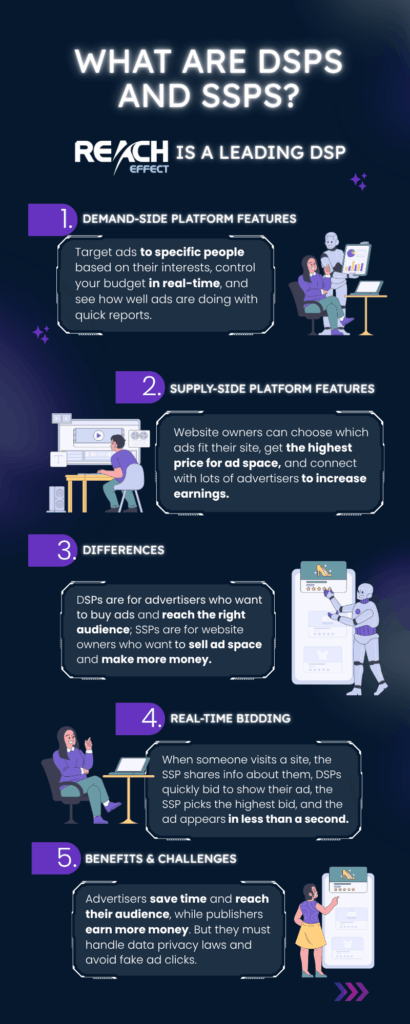
How Are DSPs and SSPs Different?
DSPs and SSPs both play big roles in programmatic advertising, but they do different jobs. DSPs are for advertisers who want to buy ads. SSPs are for publishers who want to sell ads. DSPs focus on reaching the right audience and spending money wisely. SSPs focus on managing ad space and making the most profit.
Think of it like a marketplace. DSPs are the buyers looking for the best deals on ad space. SSPs are the sellers offering their space to the highest bidder. Together, they keep the advertising world moving.
How DSPs and SSPs Work Together
DSPs and SSPs team up through a process called real-time bidding, or RTB. Here’s how it happens:
- A user visits a website.
- The publisher’s SSP sends a request to multiple DSPs, sharing details about the user, like their location or interests.
- The DSPs check the request and decide if they want to bid, based on the advertiser’s goals.
- DSPs submit bids with their ad and price. The SSP picks the highest bid.
- The winning ad shows up on the website for the user to see.
This all happens in less than a second. It’s fast and efficient, connecting advertisers and publishers instantly.
For example, picture an online shoe store wanting to advertise a sale. They use a DSP to target people who have searched for shoes recently. When one of those people visits a site, the SSP auctions the ad space. The DSP bids, wins, and the shoe ad pops up. It’s a smooth way to get ads in front of the right eyes.
Benefits of DSPs and SSPs
Both advertisers and publishers gain a lot from using DSPs and SSPs.
For Advertisers
- Efficiency: DSPs save time by automating ad buying.
- Targeting: Ads reach the exact people advertisers want to talk to.
- Flexibility: Advertisers can adjust campaigns as they go, based on what’s working.
For Publishers
- More Money: SSPs help sell ad space at the best price.
- Control: Publishers decide what ads fit their site.
- Wider Reach: SSPs connect them to tons of advertisers.
These tools make advertising easier and more profitable for everyone involved.
Challenges to Watch Out For
DSPs and SSPs are powerful, but they come with some hurdles. Data privacy is a big one. Rules like GDPR mean advertisers and publishers need to handle user info carefully. DSPs and SSPs must follow these laws to keep things legal and safe.
Ad fraud is another issue. Fake clicks or views can waste money and hurt campaigns. Working with platforms that fight fraud is key. Transparency matters too. Some DSPs and SSPs don’t share enough details about costs or results. Picking ones that offer clear reports helps avoid this problem.
At Reacheffect, we tackle these challenges head-on. We provide clear, honest solutions that keep your campaigns safe and effective.
eCommerce Brands and DSPs: A Perfect Match
eCommerce brands are already seeing big wins with DSPs, as we covered in our last article. They use DSPs to boost brand recognition by targeting the right customers. For instance, an online pet store might use a DSP to reach pet owners browsing related sites. The DSP places ads across blogs, apps, and even TV streaming services, building familiarity with the brand.
This ties into what we’ve seen with brands like Fashionista or EcoHome. They use DSPs to tell their story and connect with shoppers. At Reacheffect, we help eCommerce brands do just that. Our data-driven approach gets your ads to the people who matter most, growing your brand the smart way.
Wrapping It Up
DSPs and SSPs are the backbone of programmatic advertising. They make it possible for advertisers to buy ads and publishers to sell them, all in real-time. DSPs help advertisers hit their targets with precision. SSPs help publishers make the most from their space. Together, they create a system that benefits both sides.
If you’re ready to step up your advertising game, DSPs and SSPs are worth exploring. At Reacheffect, we’re here to guide you through it. We’ll show you how to use these tools to grow your brand and reach your goals. Contact us today to see how we can help.


